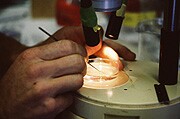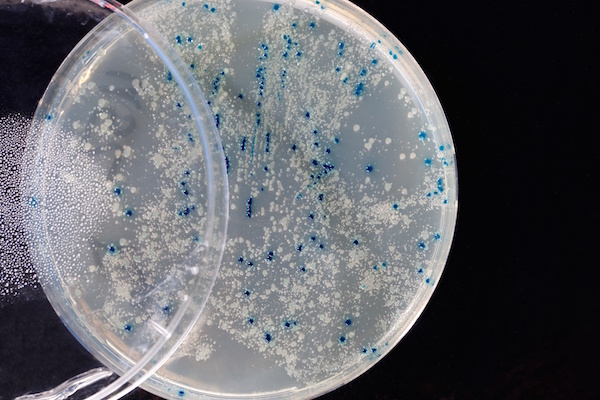
WEDNESDAY, Dec. 16 (HealthDay News) — Human embryonic stem cell lines currently used for research come mostly from white donors, a new report finds.
That could mean that nonwhites will benefit less from any medical breakthroughs that emerge from that research down the line, experts say.
Blacks could be especially affected. In fact, none of the most widely used stem cell lines studied showed any traces of recent African ancestry, the team reported online in a Dec. 16 letter in the New England Journal of Medicine.
To increase the diversity of embryonic stem cell lines, the researchers urge increased efforts to include stem cells from other populations.
“We have examined the population ancestry of a large collection of human embryonic stem cell lines that are commonly used in research,” said study co-author Noah Rosenberg, an associate professor in the department of human genetics at the University of Michigan, Ann Arbor.
“Most of these lines appear to derive from European or Middle Eastern populations,” he added. Only two of the lines were linked to East Asians, and “none of these lines derive from populations with recent African ancestry,” the researchers wrote.
Included in the embryonic stem cell lines Rosenberg’s team examined are about 10 of the 20 embryonic stem cell lines recently approved by the U.S. National Institutes of Health for federally funded research.
This suggests that most of the research being done in this area is being done on a very small slice of the human population, Rosenberg noted.
The importance of stem cell lineage remains uncertain, he added. “We don’t yet know the extent to which the ancestry of embryonic stem cell lines will affect the ultimate utility of therapies and drugs developed using stem cell research,” he said.
However, to ensure that new stem cell-derived therapies or drugs will work in a wide range of people, there needs to be an effort to include embryonic stem cell lines from blacks, Asians and other populations.
“New efforts to derive and disseminate additional stem cell lines need to focus on underrepresented populations,” Rosenberg said.
Dr. Camillo Ricordi, scientific director of the Diabetes Research Institute and Cell Transplant Center at the University of Miami Miller School of Medicine, called the lack of diversity in stem cell lines “something that should be corrected as new cell lines are being produced.
Ricordi noted that they have started the Florida stem cell bank to add diversity, because right now 85 percent of the cell lines are from whites.
Diversity in stem cell lines is essential, Ricordi believes. “If you are developing therapies for everyone, you cannot leave out anyone of African descent or others,” he said.
Another expert noted the timing of the study was critical.
“It’s a very well-done study with irrefutable findings,” said Dr. Diane Krause, a professor in the departments of laboratory medicine, pathology and cell biology at Yale University School of Medicine. “The timing of this study is important because, with the increased use of inducible pluripotent cell lines from adult donors, it is important to remember that the diseases we are working to cure are often found in patients with specific genetic backgrounds.”
More information
For more information on stem cells, visit the U.S. National Institutes of Health.

